By Eric Niderost
The siege of Wake Island lasted a relatively short time, from December 8 to December 23, 1941, yet it looms large in the annals of the Second World War. The determined stand of a handful of marines and civilian workers against a massive Japanese onslaught caught the imagination of the American public and provided some good news during a very dark period of U.S. history. The United States Pacific Fleet had been crippled at Pearl Harbor, Hong Kong had fallen to the Japanese, and Hitler’s Wehrmacht was hammering at the gates of Moscow, but the heroism displayed at Wake was a bright spot in an otherwise litany of gloom.
Wake Island is a Pacific atoll, an insignificant patch of sand and coral that barely rises above the sea. Wake Island proper is V-shaped. Some have called it a “turkey wishbone” with two smaller islets, Peale and Wilkes, lying off its northern tips to complete the atoll.
Wake assumed increasing importance during the 1930s due to its strategic location in the central Pacific. It was near the Japanese mandate islands, including the Marshalls and the Marianas. In the event of war the Japanese would do everything in their power to seize the atoll. An 11th-hour attempt was made by the U.S. to fortify Wake and convert it into a naval air station. By the fall of 1941, it was clear war was coming—but could Wake be readied in time?
On December 7, 1941, Wake Island’s population consisted of some 1,742 people, among them 1,218 civilians. Most of the civilians were construction workers, but some were employees of Pan American Airways. Wake Island was a stop on Pan American’s island-hopping route to Asia. Huge Pan American flying boats were regular visitors to the atoll.
Some sailors were stationed on Wake along with a few army communications people, but the bulk of the military personnel were U.S. Marines. Altogether, 449 marines and navy medics comprised Wake’s first line of defense. The figure includes the pilots and ground crews of marine fighter squadron VMF-211.
The Japanese siege of Wake Island began with a massive air raid that destroyed seven of VMF-211’s complement of a dozen Grumman F4F Wildcats. Air raids became an almost daily occurrence, but the Japanese were repulsed with heavy losses when they attempted a landing on December 11.
Marine Corporal Ralph J. Holewinkski, Battery I, Wake Island Detachment, First Defense Battalion was one of the handful of American defenders at Wake. When the Japanese returned in force on December 23, Holewinski found himself manning a 3-inch gun, preparing to resist one of the enemy’s main landings. His opposition included troops of the Maizuru Second Special Naval Landing Force, (SNLF) approximately 800 men aboard two converted destroyer-transports. These converted destroyer-transports, named patrol boats 32 and 33, held the 1st and 3rd companies of the SNLF, designated the Uchida and Itaya units respectively. They were named after their commanders; the Uchida unit, for example, was named after Lieutenant Kinischi Uchida.
Corporal Holewinski was part of a crew that manned a 3-inch gun along Wake Island’s southern shore. When Patrol Boat 32 landed less than 500 yards away, Holewinkski’s 3-inch gun lobbed shell after shell into the transport until it was a blazing wreck. Japanese casualties were heavy, but many SNLF troops still managed to reach shore. As the enemy pressed forward, Holewinski dispatched three Japanese marines with his 1903 model Springfield rifle.
Later, Japanese planes strafed the area, and Holewinski sustained bullet wounds in the legs. When a mortar round or grenade exploded near his position, a piece of shrapnel gouged a hole in his back, wounding him severely. The corporal survived these injuries but endured three and a half years as a prisoner of the Japanese.
Holewinski’s story is the story of the entire Wake garrison in microcosm, of ordinary men displaying extraordinary courage in the face of overwhelming odds. The Japanese finally took Wake, but nothing could erase the record of those heroic three weeks in December.
• WWII: First, could you describe your background?
• Holewinski: I was born April 2, 1921, on a farm in northern Michigan. My parents had a dairy farm, and I was one of 12 children: five girls and seven boys. Besides the dairy cows, the family also raised potatoes. We lived three miles from the city of Gaylord, Michigan. When I went to St. Mary’s High School, I often had to walk the three miles, though sometimes I would get a ride.
• WWII: Why did you join the Marines?
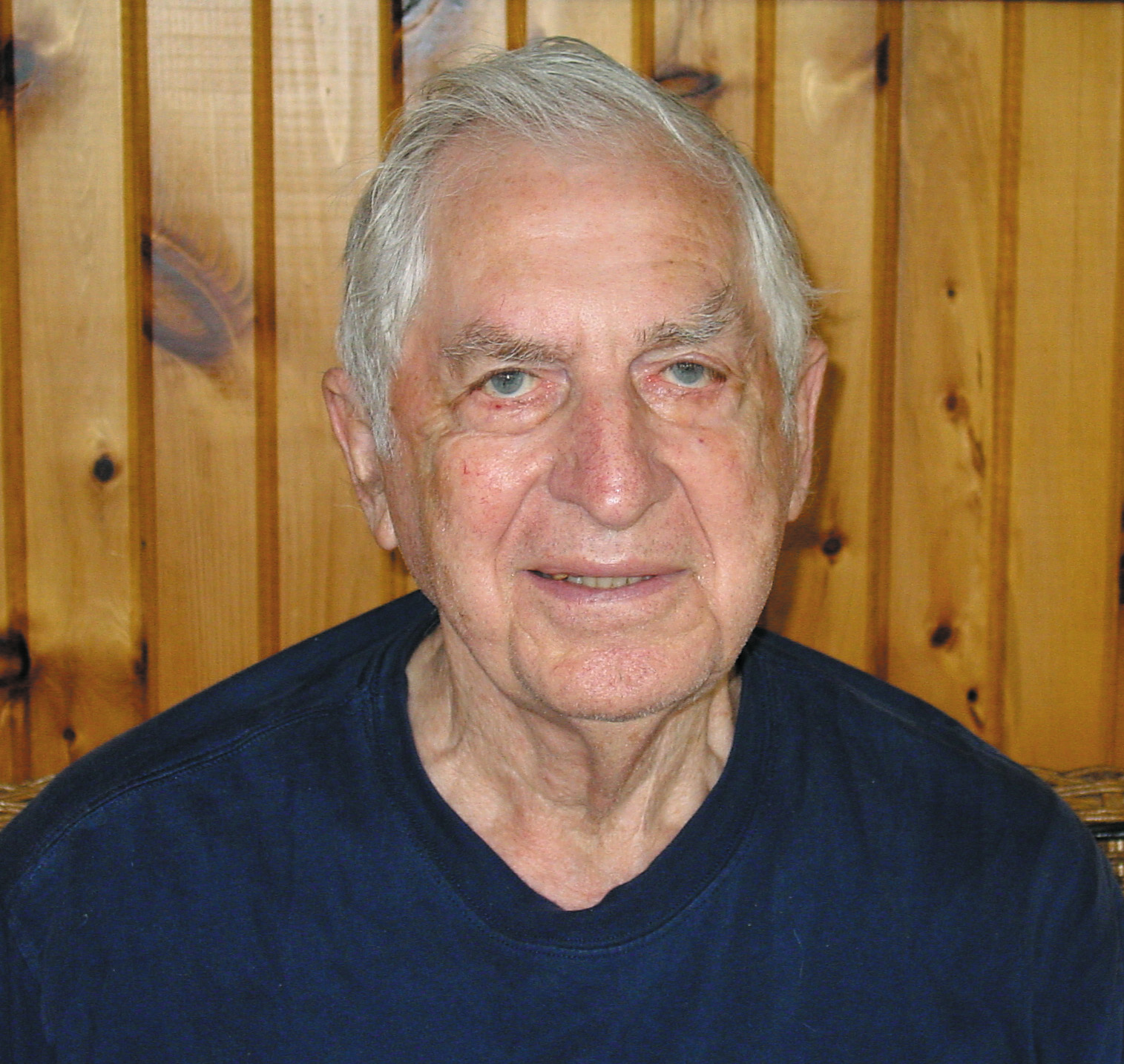
• Holewinski: I graduated from High School when I was 16, but once I was out I found I could not get a job. The army was a possibility, but I talked with a fellow who was in the army, and he said he had stayed in the same place for two years. The slogan “Join the Marines and See the World” caught my eye, so I enlisted with them.
• WWII: When were you assigned to the First Defense Battalion?
• Holewinski: I was assigned to the 15th Marines right after boot camp. The 15th was dissolved soon after, becoming the First Defense Battalion and the Second Defense Battalion respectively. I went into the First Defense Battalion. I became a machine gunner and eventually was promoted to corporal. I guess I was in the right place at the right time. In my Catholic high school I often had to take classes like math that I did not really like but helped me later. I was glad I took those classes. Who would ever have thought that a math class would help on a machine gun range? But of course, it did—calculating how high a bullet went, and such.
• WWII: You were stationed on a number of Pacific islands before you finally ended up at Wake, correct?
• Holewinski: In February 1941, during a Saturday inspection, we were told the battalion would be leaving for Hawaii. A week later we went aboard the USS Enterprise (CV-6). It was the first time that troops and their guns and equipment were transported on an aircraft carrier. On board, we had some army training planes (P-39s and P-40s) and their pilots. The Army Air Force pilots wondered how it would be taking off from a carrier, and the navy pilots gave them a rough time about it. I’m not sure, but I think they did fly off the Enterprise, the first time army planes flew off a carrier.
• WWII: You arrived in Hawaii, but didn’t stay long?
• Holewinski: I spent a couple of weeks in Hawaii, then it was off again, bound for Johnston Island, an atoll some 700 miles southwest of Honolulu, that was being built up as a navy base. I was going to be with a complement of 20 marines, part of 3- and 5-inch gun crews. The sergeant and myself were the only machine gunners, and I could not figure out why we were attached to this unit. Later, I found out. The gun crews of those 3- and 5-inch guns did not have the most ambitious natures. I guess someone thought we could get more work out of them. It turned out they were good workers for us.
• WWII: It was during this journey to Johnston Island that you had an encounter with marine Major James P.S. Devereux, later famed as one of the commanders at Wake. He had the reputation of being a martinet, and some marines disliked him. What were the circumstances of your meeting with the major?
• Holewinski: We left Pearl Harbor in a supply ship, the Antares. I was given a work detail one Sunday during the voyage, chipping paint from the deck with three other marines. I caught on quickly why I was with the group. While I was working, the 5-inch gun NCOs were busy watching the waves and porpoises. I told my crew of three what to do, then crawled under a lifeboat to be out of the sun. I was not there long before I heard a voice hollering from the bridge. “Who is in charge down there?” I stood up and said, “I am.” It turned out the speaker was Major Devereux. He asked me where I got the orders to form a working party. I told him it was from the office clerk. The major told me to secure the detail, saying “No one under me works on Sunday!”
Johnston Island was a paradise, with hundreds of palm trees of all sizes. Coconuts littered the ground, and at first we ate our fill of them. The surrounding water was full of all kinds of fish. When the tide was low, I walked out to a smaller nearby island, but when I wanted to come back the tide had come in. I had to swim about 20 feet, but while I was crossing a shark went by me. The sharks in that area were not small, ranging from four to six feet long. That was the last time I went for a walk without watching the tide!
• WWII: Describe your experience at Palmyra Atoll, which is a cluster of small islets about 960 miles southwest of Honolulu.
• Holewinski: Yes, we went on to Palmyra, having first left six men on Johnston. There were about 200 [construction] workers on Palmyra. We were put in tents on the largest island to sleep. I spent the summer on Palmyra, then came back to Pearl Harbor. I spent the next two months in Hawaii, roaming Honolulu, before the first sergeant caught up with me! It was November 1941, when I was told to pack, because I was going to be shipped to Wake island.
• WWII: What were your first impressions of Wake?
• Holewinski: Wake was not as pretty as Palmyra. The trip to the island was uneventful, though we did have two destroyers escort us. Once we landed, most of the marines were assigned to work details, like filling 50-gallon drums with gasoline and taking them to the airport.
• WWII: Speaking of the airport, Wake was also a commercial air base for Pan American Airways. Pan Am’s great flying boats like the Boeing 314s and the Martin 130 “China Clipper” stopped at Wake enroute to Asia, didn’t they?
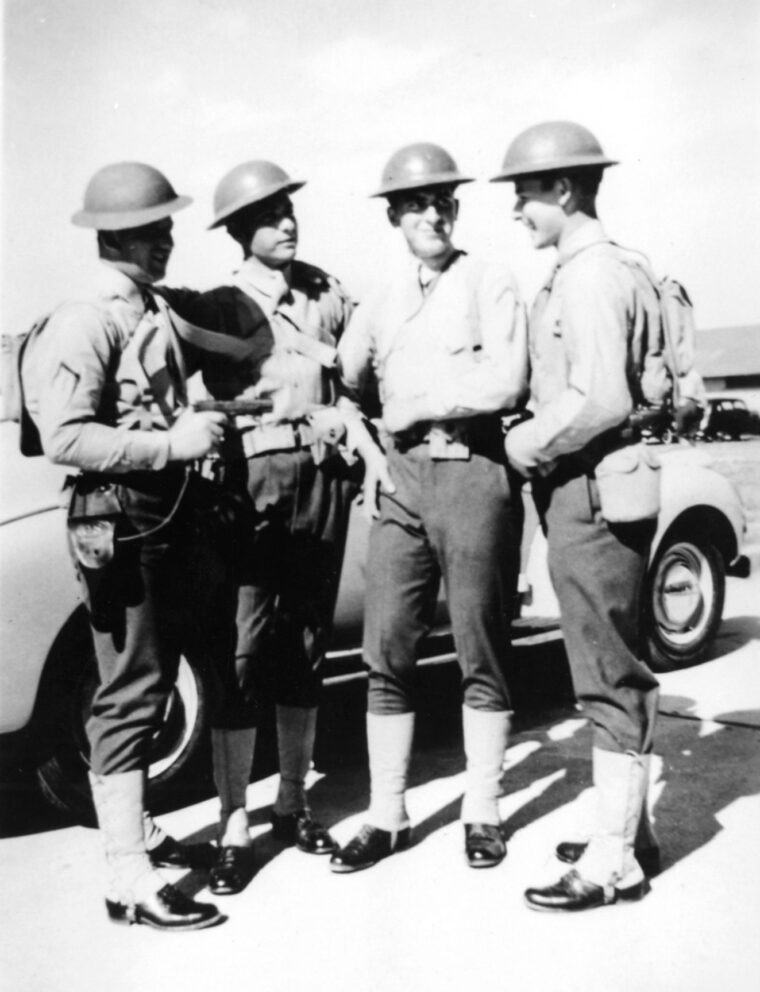
• Holewinski: Yes, I saw the Clipper come in once and also take off. It was quite a sight. There was also a Pan Am Hotel on Wake, but I never saw it. One day, 10 PBYs (Consolidated PBY Catalina flying boats) flew in, I think on the way to Java or Sumatra. I understood the pilots were French, and the whole arrangement was under Lend-Lease.
• WWII: In November 1941, the China Clipper flying boat landed on Wake en route to the United States. On board was Saburo Kurusu, Japan’s special envoy to Washington. By this time war was almost certain, because Japan refused to give up its Asian conquests, but Kurusu was supposed to make a last-ditch attempt at a diplomacy. Were you aware that he was on the island?
• Holewinski: I never saw him, though we heard that envoys were coming into Wake. The word around was that if you want to make the headline news, here’s your chance … you can knock off a Jap—a big one! I don’t know if they saw much of the island or not. I think they stayed for one night.
• WWII: How was daily life on Wake before the war?
• Holewinski: I was not assigned to a work detail when I first arrived on Wake. The second week or so I was told to take a crew of eight men and put in two machine gun pits on the south shore of the [main] island. The food on Wake was really poor. When the Marines unloaded supplies they would take field rations. The Sunday before the war started our mess sergeant made the remark that we should be satisfied with what we had, because we’d be eating fish heads and rice soon. How true!
• WWII: On November 28, 1941, Commander Windfield Scott Cunningham, U.S. Navy, took over from Major Devereaux as overall commander of the island. What are your memories of him?
• Holewinski: The first time I saw Commander Cunningham was two days before the war started. It was Saturday, December 6, 1941, and group of officers and Dan Teeters were making an inspection of the island’s defenses. [Nathan “Dan” Teeters was the head of the civilian contractors fortifying Wake. Technically he was a representative of the CPNAB, or the Contractors’ Pacific Naval Air Bases.]
They came up to where our machine guns were, then asked who was in charge and who put the guns in. I was hesitant to step forward, because just the day before a lieutenant had also inspected our area. We were camouflaging the area, and since I had just shorts on he couldn’t see who was in charge. I stepped forward, and he said, “This is terrible! A terrible job! I’m going to send you back to Pearl Harbor—no, you should go back to the States, because we don’t need people like you here!”
• WWII: After you got a dressing down by the lieutenant, did you expect another visit from the “brass” that Saturday?
• Holewinski: Yes, I thought we were going to get bawled out again. But when I stepped forward, Commander Cunningham looked at me and said “Corporal, you and your men have done a great job here.” As he spoke, he glanced at Major Devereux, who nodded in agreement. Years later, my wife and I met Cunningham in Florida. We had dinner and a very nice evening with Cunningham and his wife. I found out he was a very nice person. On Wake he was very much like Devereux, a man who was strict and went by the rules. But the marines who got to know him liked him.
• WWII: Could you describe the first moments when you heard about the Pearl Harbor attack, and knew the war had come to Wake?
• Holewinski: On Monday, December 8, we were walking out of the mess hall, and someone shouted, “Pearl Harbor has been attacked!” A bugler sounded “Call to Arms,” and an officer hollered, “get your rifles and break out the ammunition!” Each one of our tents had a case of ammo in it, and the senior man in each tent saw to it that it wasn’t opened.
A truck hauled us down to our gun positions. We were very close to the communications tent, so I walked into it and was going to ask the soldiers. One of them told me before I could even ask, saying that Pearl Harbor had been bombed, and that it wasn’t a drill.
• WWII: Describe the first Japanese air raid on Wake, which took place around noon, Monday, December 8, 1941. That first raid was carried out by 27 Mitsubishi G3M2 Type 96 attack bombers.
• Holewinski: I guess our group was among the first to see the first wave of bombers to hit the island. I said, “Gee, there’s a new type of army plane.” I wasn’t alone in my mistake. I heard later that different gun crews on the island didn’t believe the planes were Japanese. Most of the marines thought our planes would intercept any bombers before they got to the island.
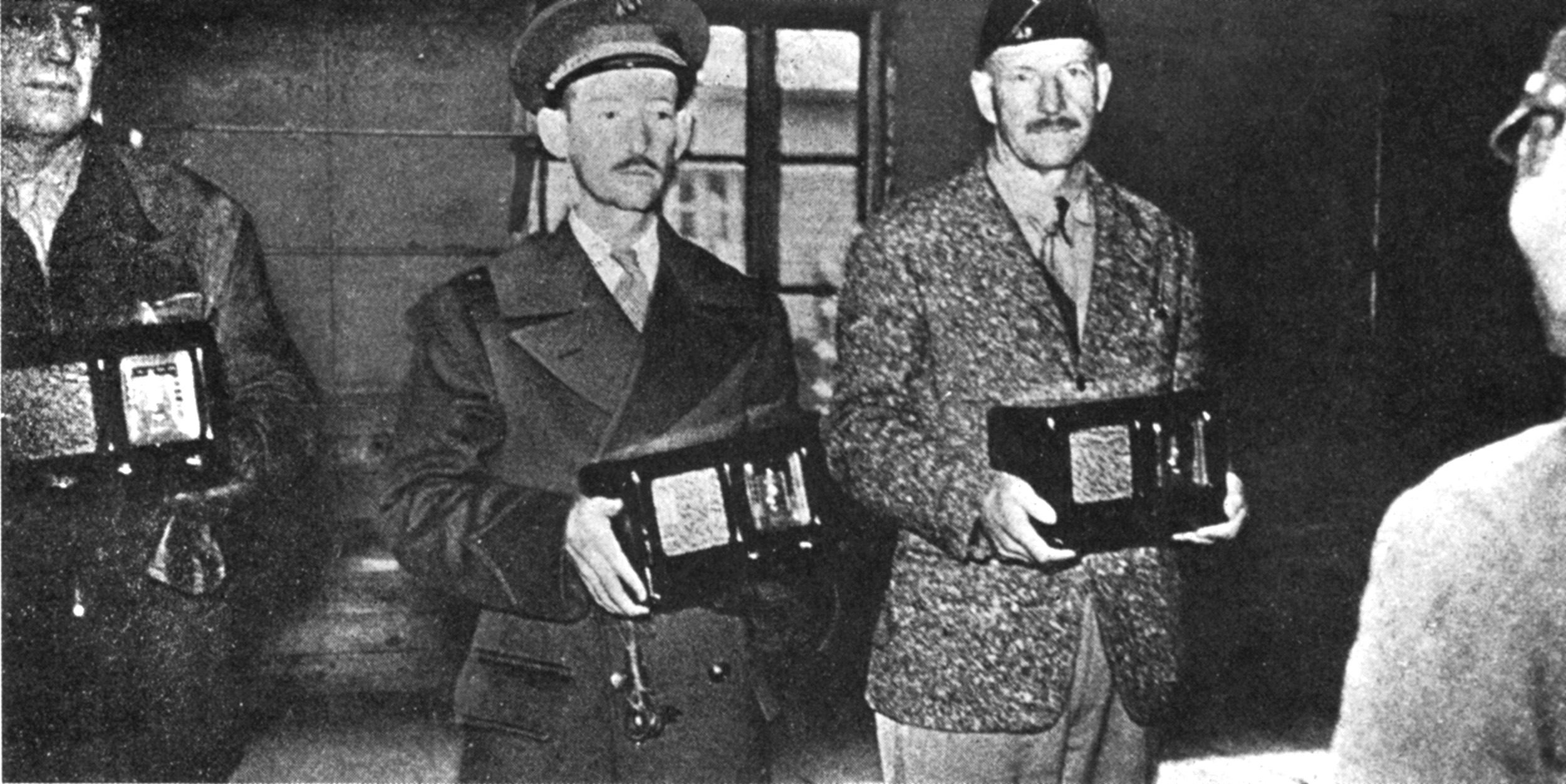
I saw the bombs starting to come and hollered, “They are Japs!” As we knew our .30-cal. machine guns couldn’t reach them, we all went to the coral reefs for shelter. I hid behind a big rock. I could hear the bombs going off, but when things quieted down I walked over to the airfield. There were big fires all around, and a lot of smoke. I saw a pilot by a plane who looked dead [sic]. Major Bayler stopped me, and said, “Go back to the beach.” He didn’t want me to see all the destruction, fearing how that might effect me. [Major Walter L.J. Bayler was there to establish a base radio station for ground-to-air communications. He was one of the last men to be evacuated from Wake before the island fell to the Japanese.]
I also saw a sailor in Navy whites bleeding. Later, this same sailor would be my legs and help me when I was in the hospital [as a POW].
• WWII: What were your feelings as you surveyed the damage?
• Holewinski: What I saw didn’t bother me mentally. I think all the marines on the island were there to fight and wanted to get into action, whatever the outcome would be, like getting killed or wounded.
• WWII: Your position was along the southern shore of the main [Wake] island. You were actually in charge of your sector for a time?
• Holewinski: Yes, for the first few days I was in charge of something like two miles of beach. But then I got a phone call in our position, and I answered it. I think the caller was Devereux, who asked who was in charge, and I said I was. The next day [Second] Lieutenant Robert Hanna came to our position and took over. He was not an officer in 30-cal. machine guns, but we welcomed him. We all got to like him very quickly and enjoyed him.
• WWII: The first major Japanese invasion attempt took place on December 11. The Wake garrison successfully beat off all attacks, becoming the only force in the entire war to defeat an amphibious assault. It was a major humiliation for the Japanese Imperial Navy, with two destroyers sunk, and several other vessels damaged. What do you remember about that day?
• Holewinski: On the 11th of December, I wasn’t so sure if I was glad that the lieutenant [Hanna] had joined us. We heard that Japanese ships were around and that a landing was possible. Before long shells from those ships were whistling overhead. Hanna said to me, “Take three men and go to Peacock Point and help the 5-inch gun crew there, because the civilian workers who were supposed to help have deserted them.” [This was Battery A, commanded by Lieutenant Clarence Barninger. Battery A engaged and subsequently damaged Rear Admiral Sadamichi Kajioka’s flagship, the cruiser Yubari.]
I called the men, and we started down the beach, and every so often, a shell would go over and we hit the deck. About halfway down the beach, I saw a Japanese ship firing in the distance, and just at that moment, one of our shells hit and it blew up! It went down in less than a minute. [This was the Japanese destroyer Hiyate, sunk by 2nd Lieutenant John A. McAlister’s Battery L on Wilkes Island.] It was a very great sight, and I checked my story with others to see if I really saw it go down so quickly. [Holewinski was right. An American shell had detonated the ship’s magazines—Ed.]
By the time I got to Peacock Point, the battle was over. While at the gun position a chow truck came and unloaded hot food. We hadn’t had any hot food since we left camp the day the war started. I asked the driver why we didn’t get any hot food, and he said he didn’t know we were on the beach. We were eating canned food that we found in the bushes. Some of the storerooms had been emptied, and food scattered in the bushes along the road. So, we got food after that.
• WWII: The defeat of the Japanese invasion force made front-page headlines back in the States and made Wake Island and its defenders famous. Were you aware of the impact Wake was having at home?
• Holewinski: No, as we had no radio on the beach and the army had moved their radio. We got no news from the outside world until after the war was over. We had hoped that we would be helped, but we knew the fleet had been bombed at Pearl Harbor, so it would be a while. I did hope we would be rescued, and while I lay wounded I kept feeling the marines would land at any time.
• WWII: How was living on the beach defensive positions?
• Holewinski: Our dugout was nice; it was big enough so that we could stand up in it and walk around. We could sleep 10 people in it. Actually, it had been a Japanese bomb crater. Some time after the first attack, two contractors came to join us, Paul Gay and Bob Bryan. They had some pull and so brought in a big crane with a shovel on the end that could move tons of earth very quickly.
The bomb crater was over 10 feet deep and 20 feet across, so it squared off, roofed with wooden beams, then covered it with two weeks of dirt. Other than the ammo dumps it was no doubt the best on the island. We felt safe in it.
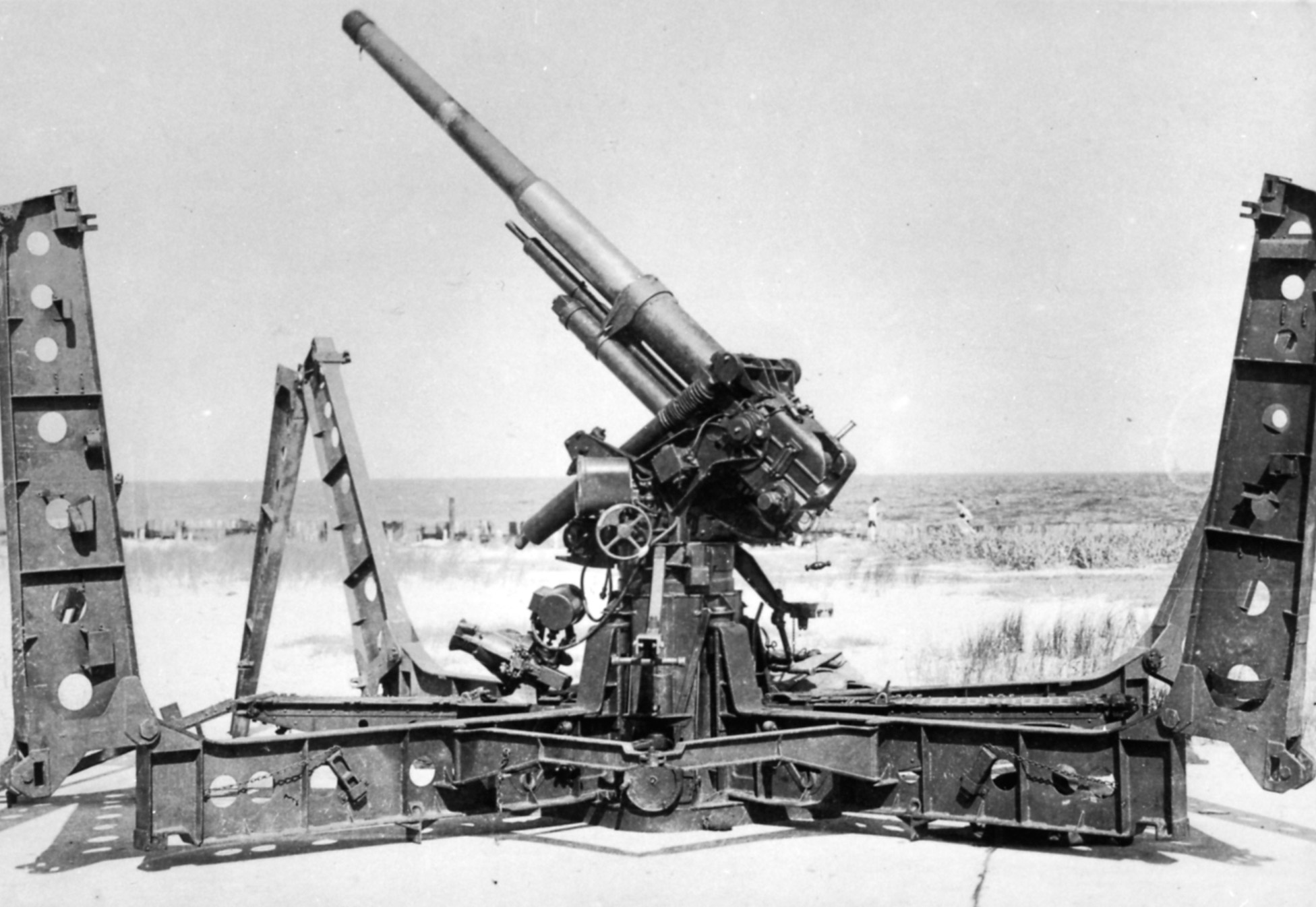
• WWII: What are your recollections of December 23rd, when the Japanese returned and finally took the island?
• Holewinski: I don’t know for sure how we found out a Japanese ship [Patrol Boat 32, filled with Japanese marines of the SNLF] was coming into shore where our dugout was. Earlier, I had lost my rifle in camp, so I grabbed a weapon that happened to be there. I was the first one out of the dugout.
• WWII: The Japanese patrol boats 32 and 33 were beyond the range of Battery A at Peacock Point. The only available artillery piece was a 3-inch gun whose elevation mechanism had been damaged during an earlier air raid. Lieutenant Hanna rushed down the beach toward the 3-incher, with you and civilians Gay and Bryan. What was happening?
• Holewinski: Yes, but first I ran up to a 50-cal. machine gun on a road near the dugout. I found out why it was left there. It would fire only one round at a time, then you had to reload it. I fired one or two rounds at the ship [Patrol boat 32], then said to Lieutenat Hanna, “This gun isn’t working, and we don’t have any tools to make it work.” In reply Hanna told me to come with him to the 3-inch gun.
It was a 3-inch antiaircraft gun and was controlled by a range finder and other electrical gadgets. A bomb had hit the controls and put it out of commission, so it was no good as an antiaircraft piece. It had been put into our position two days earlier. It just sat there in the brush, no sandbags or anything else around it. It was on a steel platform about a foot off the ground.
Gay and Bryan came along, so Hanna told them to get the shells and hand them to him. I knew a little [about manning the gun] from when I was on Palmyra, so I started to traverse the controls, seeing how the barrel could go up and down. Hanna bore the sighting while I was at the controls. Gay and Bryan started arguing about who was going to pull the lanyard to fire the gun. I told them to take turns [The first shot was fired by Gay]. The first shot missed, but the next shot hit the ship.
One hit on the ship caused explosions that lit up the sky. Another ship came into view [Patrol Boat 33], and we kept firing. With all the light I had a good sighting of the second ship. When we hit the second ship, things were happening fast. I know we fired 14 shells at the two ships, but how many more I don’t know.
• WWII: But by now survivors of Patrol Boat 32, Japanese SNLF marines under Lieutenant Kinichi Uchida, were ashore and infiltrating your position.
• Holewinski: Yes, small arms fire was hitting the barrel of our gun. Hanna told us to get off the gun platform. Gay, Bryan, and I got on the east side of the gun and went under the platform as far as we could, so that only our bodies from the waist up were exposed. We had a case of hand grenades, and Bryan hung onto it. He said, “You have a rifle, corporal, and Gay has a pistol.” Whenever he’d hear a noise in the bush in front of us he would throw a grenade, and he was good at it. Now and then I’d fire a shot when I heard something moving in the brush. This kept on until daylight, when we could see better.
• WWII: The danger must have increased once daylight came.
• Holewinski: There was a lot more rifle fire, and a lot more grenades landing around us, but a lot of them, luckily for us, didn’t go off. The Japanese got brave, or stupid. One got within 20 yards of me, got up on his knees, and pointed his rifle at me. I was ready, aimed, and fired. I could see the blood shoot out from his forehead. As I reloaded, another Japanese got alongside of him, and I fired and he went down. I saw some movement in the bush, so I fired again and heard a scream. The movement ceased. There was, off and on, fire from them and from us—from about 6 a.m. to 9 a.m. Bryan kept throwing grenades, and some were thrown at us.
• WWII: Pressed on all sides by enemy infantry, you were then attacked by a Japanese “Val” dive bomber?
• Holewinski: About 9 a.m., a Japanese plane flew over our position, very low. It was so low, I could see the rear gunner very clearly, even that he was wearing goggles. I guess he could see us, and as the plane passed, the rear gunner sprayed our position really good. I got hit in the left leg, and Gay and Bryan took a number of bullets. Gay was right next to me, and he was riddled with bullets, the impacts causing his chest to heave up and down. The plane came around again, so I moved a bit under the 3-inch gun, playing possum. On a second pass, both legs were wounded. Gay and Bryan were dead, and I was left alone on the east side of the gun.
• WWII: Your position along the south shore of Wake saw some very intensive fighting, right?
• Holewinski: I had at least 50 shells to start that night. When we surrendered, I was down to three shells. And there had been 26 men in and around the 3-inch gun position. When we surrendered, there was only one man who had not been killed or wounded.
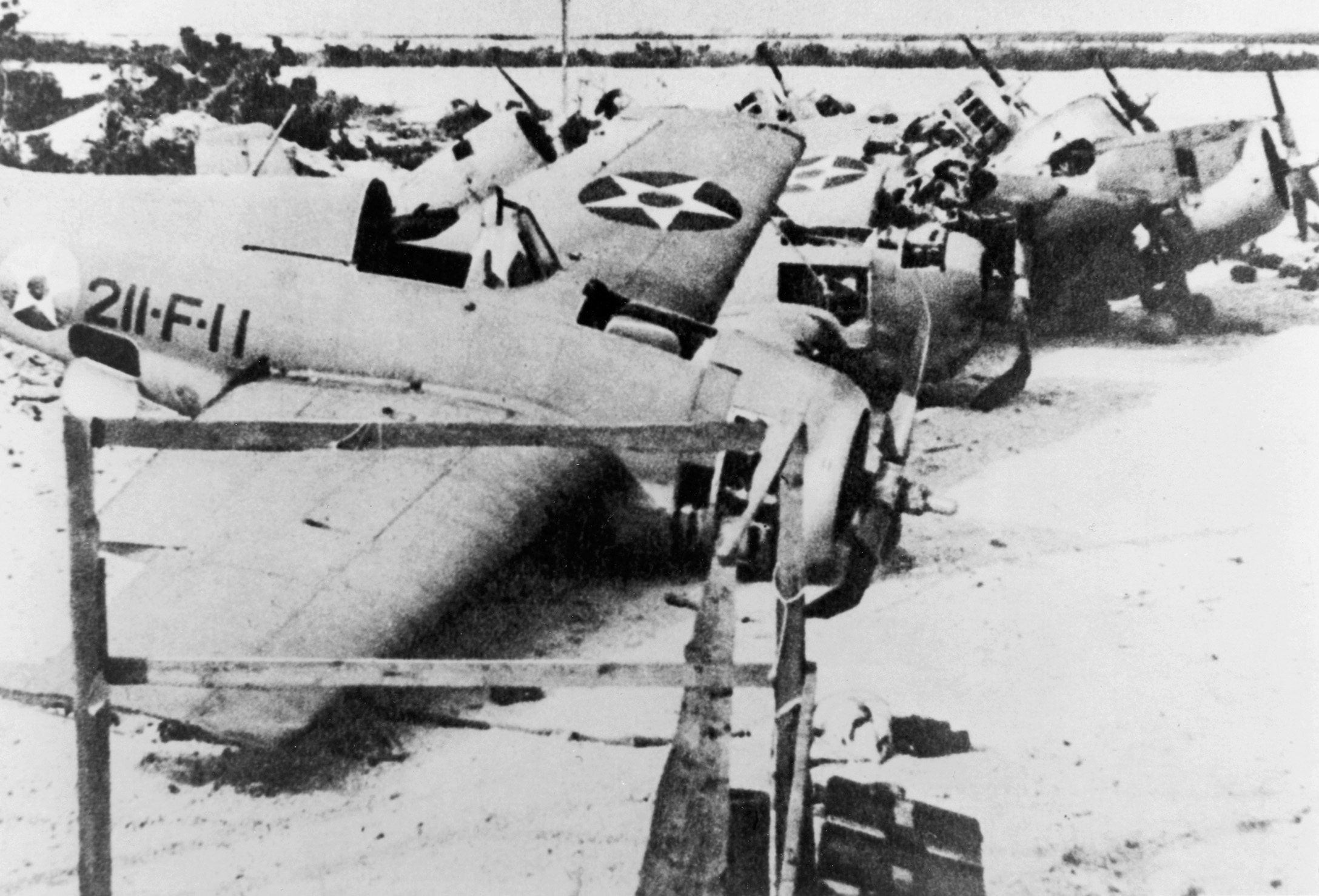
• WWII: How bad were your wounds?
• Holewinski: The bullets went the length of my calves on both legs. I also was hit in the back from a hand grenade; it took out a piece of flesh the size of a scoop of ice cream. I had it as an open wound for over three years. When I was hit, it felt like a hot knife going through my flesh. I didn’t know I was hit in the back until we surrendered. I did wonder why I could feel blood running down my buttocks.
• WWII: What was going though your mind as you lay there by the gun, gravely wounded?
• Holewinski: At first, I thought I was going to die. I wasn’t afraid of dying, but my thoughts were filled with home. I wished I had more life insurance, so that my parents wouldn’t have to work anymore. Then, suddenly, my attitude changed. I felt I was going to live and thought a marine landing party would save us.
• WWII: When did you know the island was taken and the garrison had surrendered?
• Holewinski: Major Devereux came, waving a white flag. Some of the marines north of my position hollered, “Watch out, major, there are Japs all around you!” I laughed and asked if he could see the Japanese right by the major!
• WWII: What happened during the first hours of your captivity when the 1,593 American prisoners were assembled at the airfield?
• Holewinski: The Japanese pulled me and my dead buddies out from under the gun platform. A marine bandaged my legs, and it was then that I realized I had a hole in my back. I was very thirsty. I pointed to a Japanese soldier’s canteen and motioned I wanted a drink. The Japanese officer told the soldier to give me a drink. I learned the word for water quickly. I was taken to the airfield, which was not far away. Because of my condition, I couldn’t see a lot of what was going on. I was on the edge of the group, and I did manage to get a can of evaporated milk. I drank it all at once.
• WWII: The Japanese had taken heavy casualties during the Wake campaign, around 900 to 1,000 men, including some 500 from the SNLF. Some Japanese officers wanted revenge for their humiliating reverses. Later, five American POW’s were beheaded in punishment. As a member of that 3-inch gun crew, were you in danger?
• Holewinski: The civilian doctor (Dr. Lawton E. Shank) walked around our area and said in a loud voice, “Remember you were not by the 3-inch gun.” He said this a number of times. I caught on right away. A Japanese had told him they were looking for those men who were on the gun, as they were going to execute them for killing so many of their friends. We were lucky because it was hard to tell on the airfield who had been on the gun.
A cot was brought in, and the Navy doctor [Lieutenant G. Mason Kahn] and the civilian doctor [Shank] had to decide who was going to get it. It was a choice between me and a native from Guam who had worked for Pan Am. The bottom of his butt was shot off. I got the cot, and it felt so good. It was the best Christmas present I ever got. Two days later, I was loaded on a flatbed truck and moved to a Japanese hospital [established on Wake].
• WWII: What was the hospital routine like?
• Holewinski: There were seven of us there in the Japanese hospital. Dr. Shank, the civilian M.D., came to see us about every day, and he’d change my bandages, which were usually blood-soaked. A Japanese pilot was one of the patients, and each day his boy attendant would give each of us a cigar. Those of us who didn’t smoke would give the cigars to Dr. Shank.
One time a Japanese doctor came in to change my bandages. His assistant dropped the bandages onto the floor. As he reached down to pick it up, the doctor told him, “No.” Instead, they got a pair of tweezers, picked the bandages up, and then placed them on my open wound. The next day, when Dr Shank came in, I told him what had happened. When he took those bandages off, he found that maggots were eating my flesh. As it was, I was bandaged right to my knees. It took five months for my legs to heal, as there was no way to graft skin on them.
• WWII: On January 12, 1942, the bulk of the Wake Island POWs were taken aboard the freighter Nitta Maru and transported to the Shanghai War Prisoner’s Camp that the Japanese were running in China. Where were you at that time?
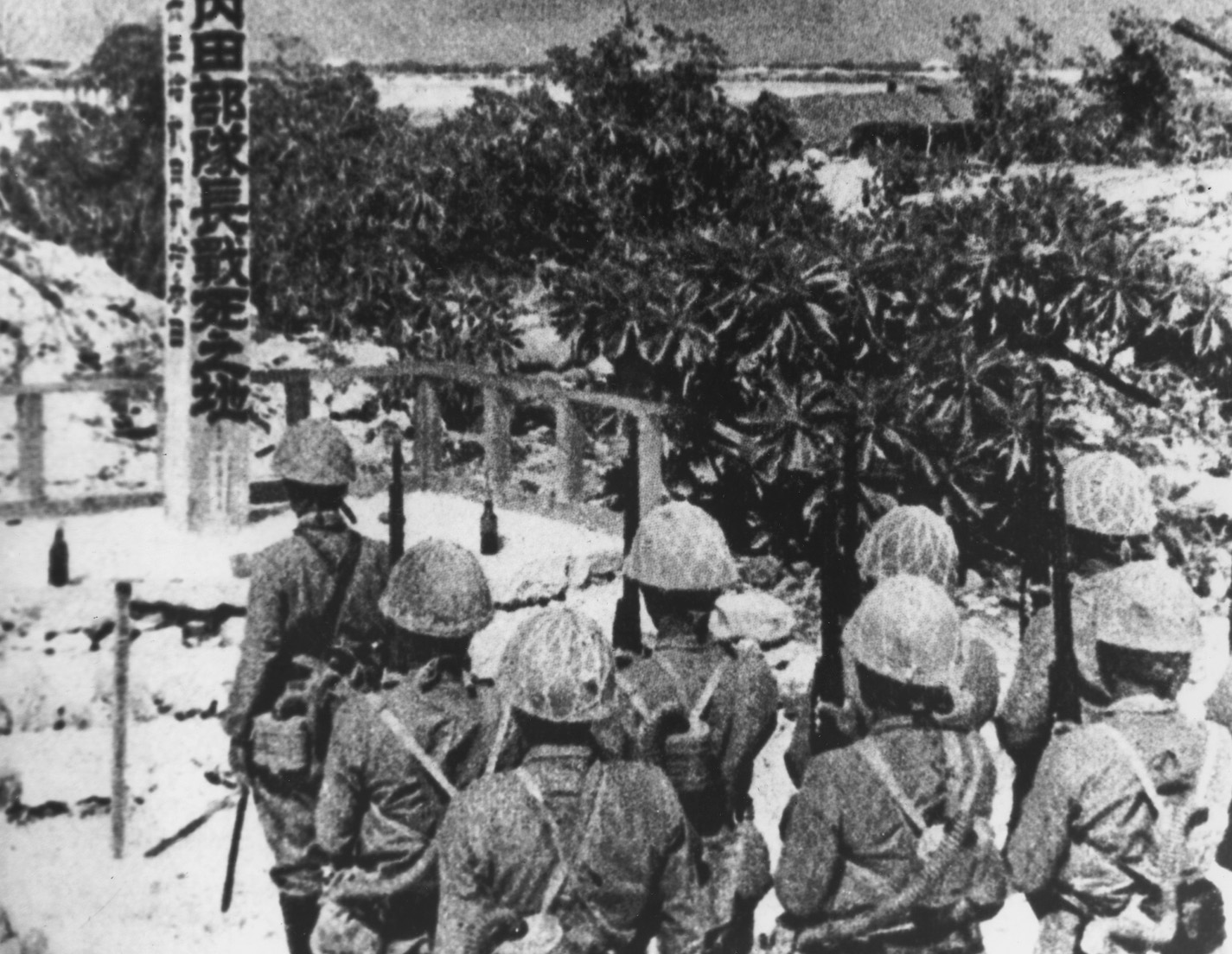
• Holewinski: Twenty of us who were wounded were left on the island when the others left in January. We left Wake on May 15, the anniversary of when I joined the marines. The ship was the Asuma Maru. It had been in Los Angeles Harbor on December 5, unloading its cargo of raw silk. The ship’s purser and the male steward took care of us. We had the whole swimming pool area.
• WWII: Instead of going to Shanghai, your ship went to Japan?
• Holewinski: The steward told us the ship had gone down to South America [after visiting the U.S.], and they were told we [Americans] had started the war! We were fed well on the ship and got our first rice diet. There were also women and children aboard. We landed in Yokohama, then were put on a train. After about an hour’s journey, six of us were taken off the train and sent to Ofuna, an interrogation prison. We were put in two-man cells. I had been to Palmyra, and they were trying to get information on where the airfield was going to be built. There were also navy officers from ships sunk in Java, British prisoners, and others. I was there a month—long enough.
• WWII: Where were you transferred next?
• Holewinski: The six of us were taken to Zentsuji, on the Japanese home island of Shikoku. I was there for six months. It was the best-fed camp in Japan, at least while I was there, because it was the camp that the Red Cross was shown. We got a small loaf of bread a day, though I heard this ration was cut later.
• WWII: You didn’t seem to stay for very long in any camp.
• Holewinski: I was sent to five camps while in Japan, as I wasn’t able to work. One camp I went to was Tangawa [near Osaka]. When I arrived, the prisoners—many of them men from the Philippines—were dying at a rate of two to six a day. We were given one Red Cross box per two prisoners, so when we got there we shared our food with them. Some thought we were nuts to do that, but after seeing what we were doing the Japanese increased the ration.
• WWII: You had a problem with a Japanese colonel that might have proved fatal?
• Holewinski: Yes, one day a Japanese colonel was giving a speech about how great they were doing, and during the middle of his talk I passed out. My back wound was still there. After the talk, the guards took me to the colonel’s office. He said something in Japanese, and the three guards raised their loaded rifles. A Navy corpsman talked to the colonel and pulled down my shirt to show my wound. The soldiers were ordered to lower their rifles and take me back into the barracks. I heard later that the Japanese colonel thought I purposely passed out to insult him!
• WWII: You were also sent to Umeda Bunsho, a converted warehouse a mile from the Osaka waterfront and also near the Umeda train station. Later in the war it was destroyed in an incendiary raid.
• Holewinski: Yes, and it was a lot better camp. Many of the POWs worked in the railroad yards. They mostly handled food, and so we could eat. They were good providers, and we didn’t think of it as stealing, merely borrowing! This was one good reason so many survived.
• WWII: The war finally ended in August 1945, when Japan surrendered. What did you do after your release and return home to the States?
• Holewinski: I was formally discharged from the Marines in March 1946. I got married on the second anniversary of my release from prison camp. My wife also served and was an Army nurse in the China-Burma-India theater during the war. I ran for county sheriff and was elected—the youngest sheriff in the state of Michigan. I was sheriff for 34 years, until I retired at the age of 59. I’ve traveled a lot and have been in 48 of the 50 states, as well as Europe.
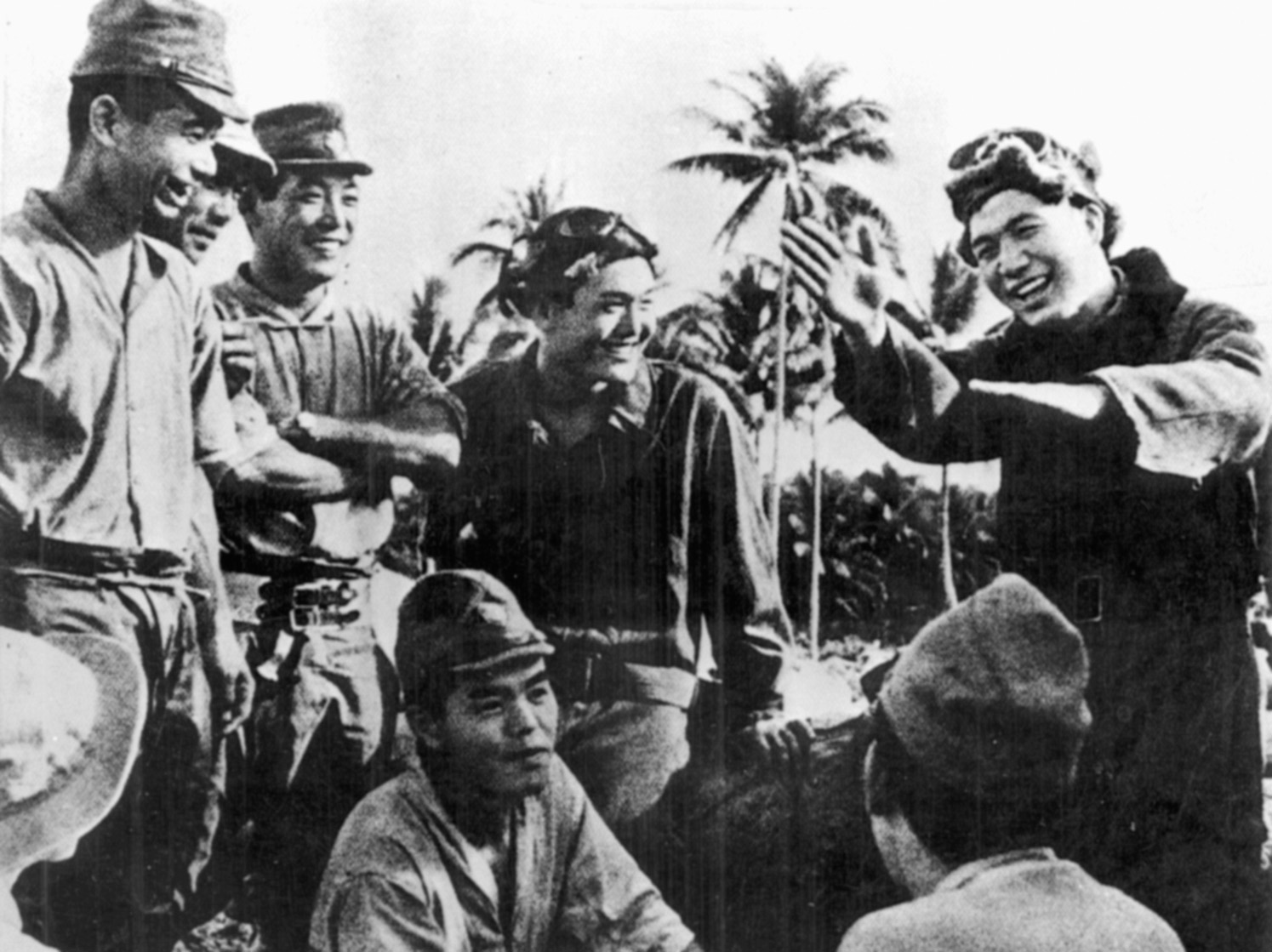
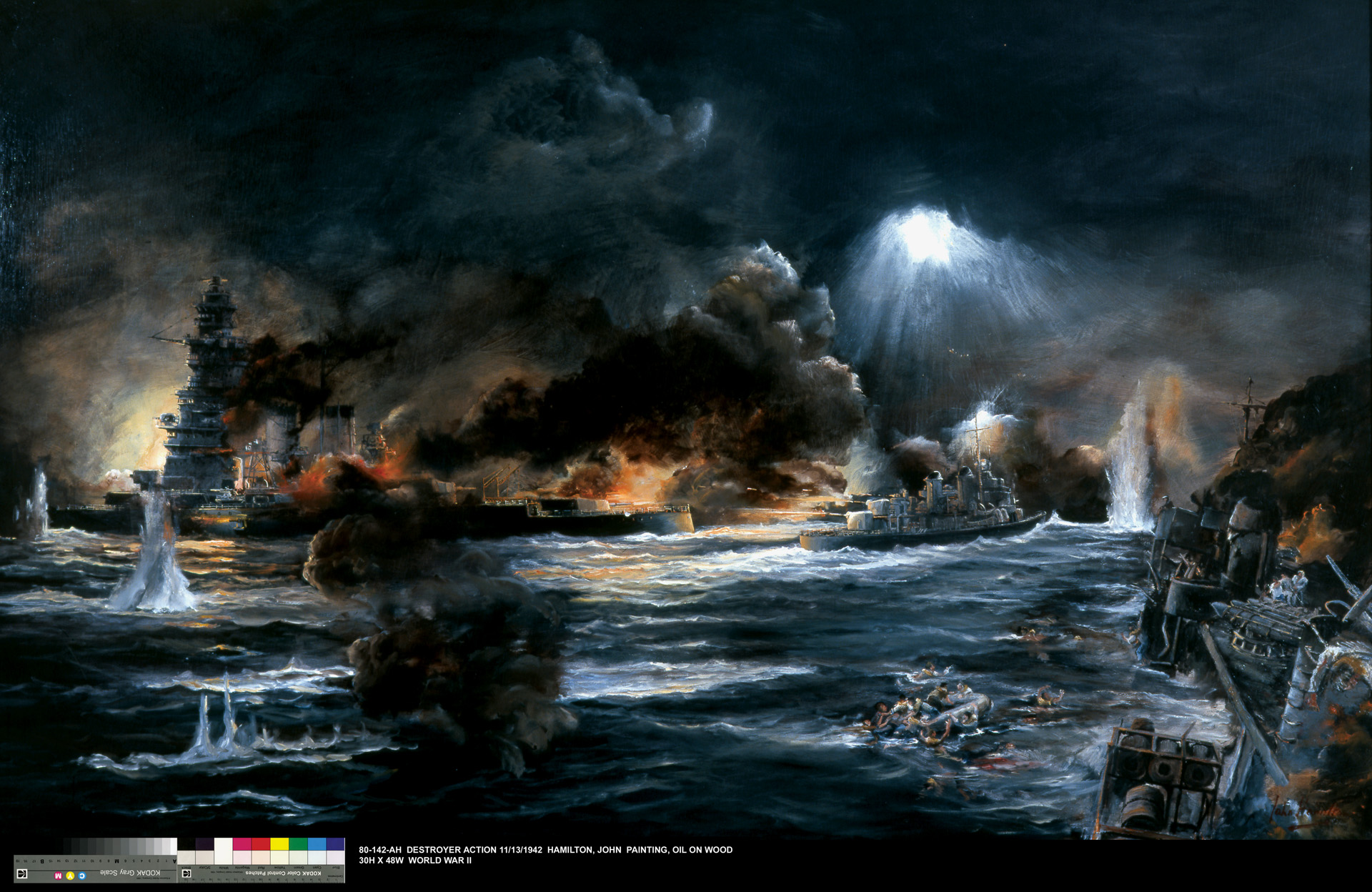
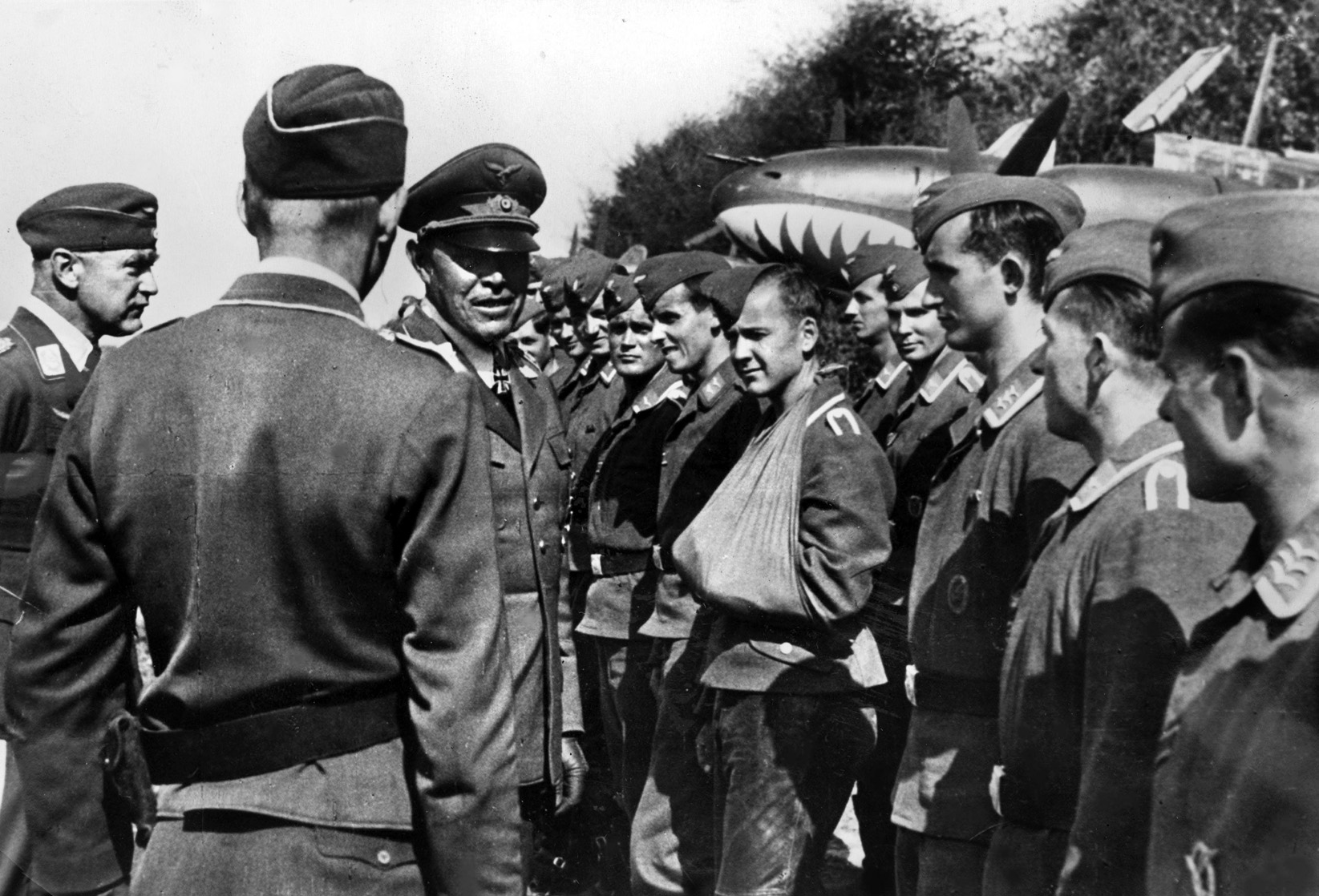
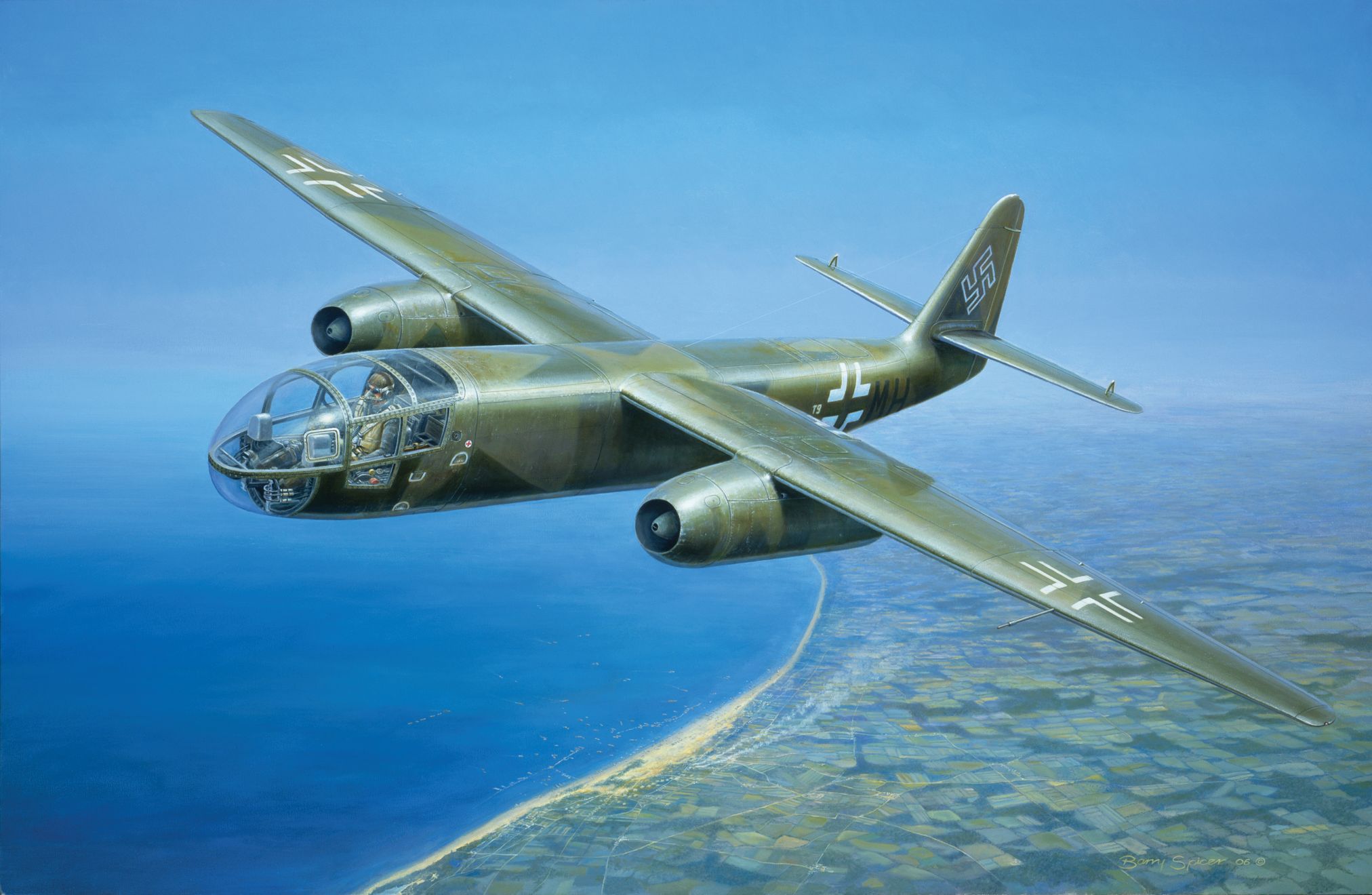
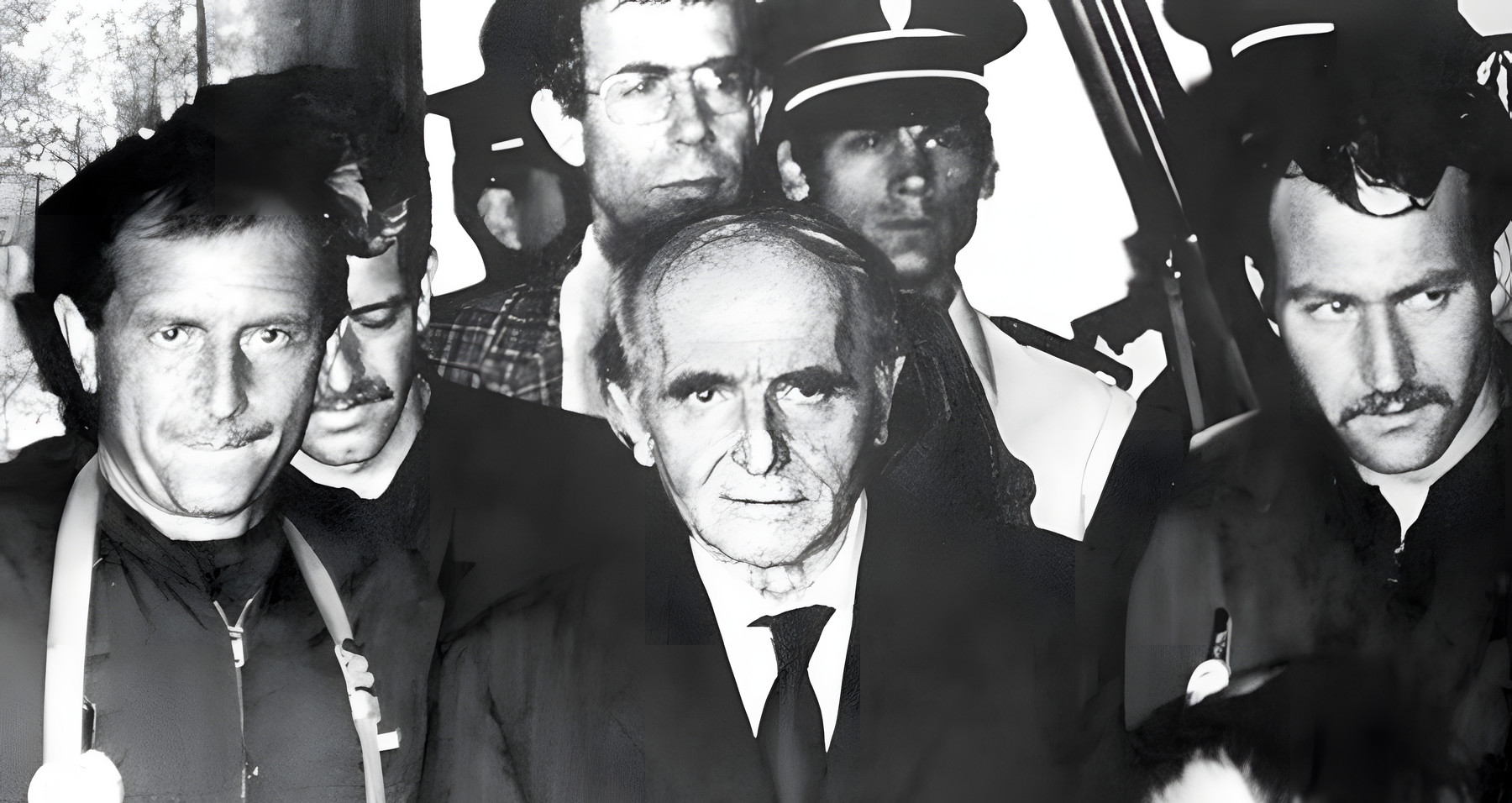
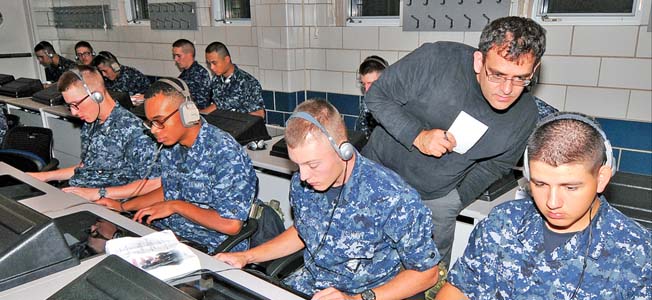
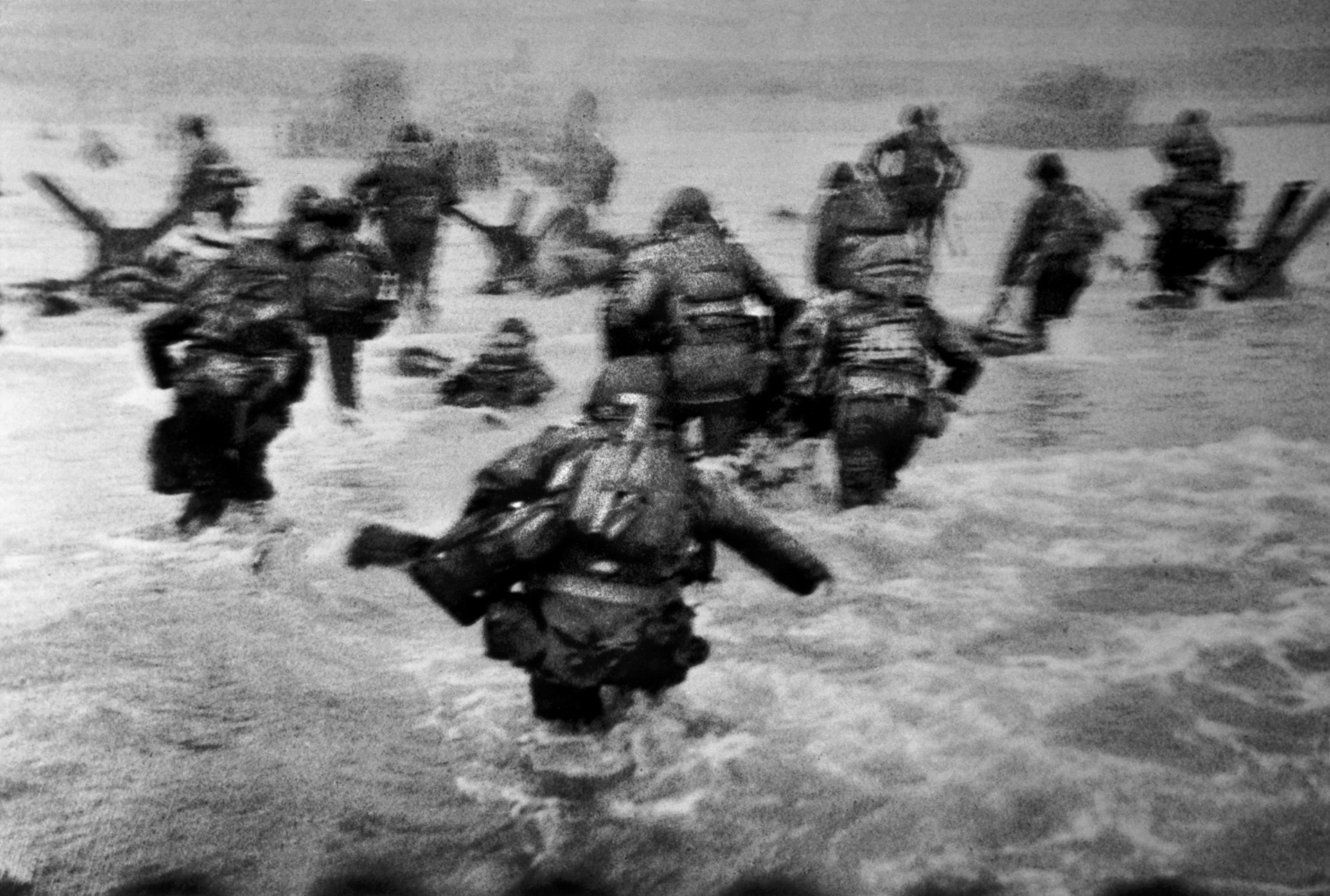
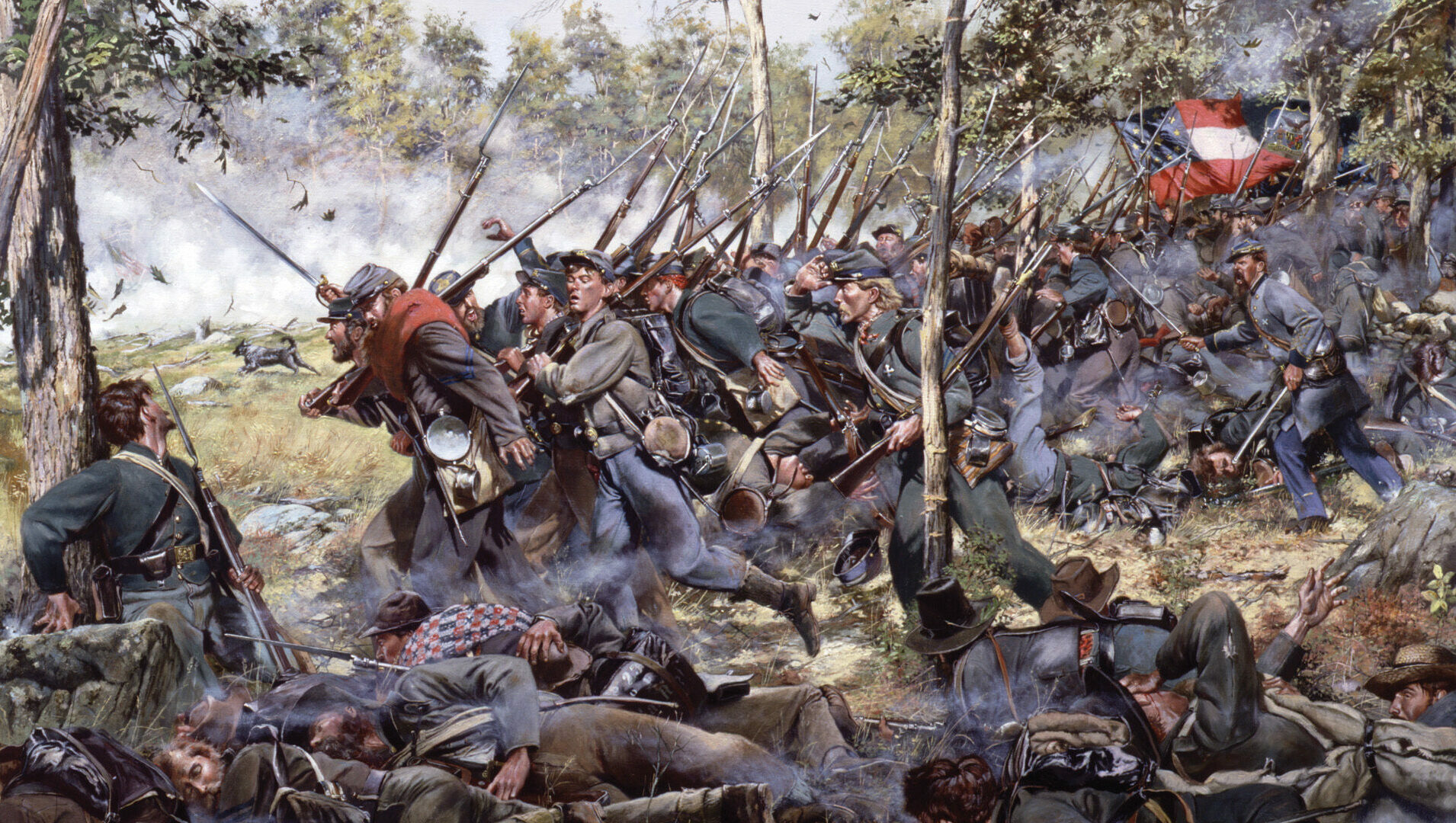
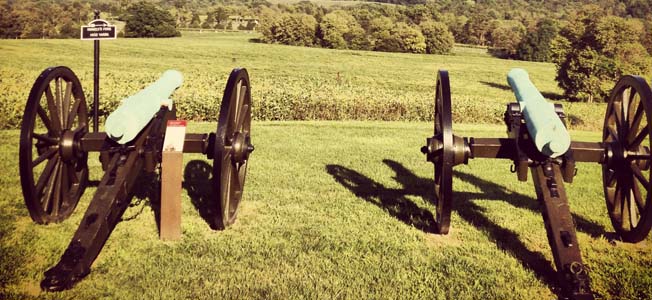
I enjoyed the interview_story. Very well written.